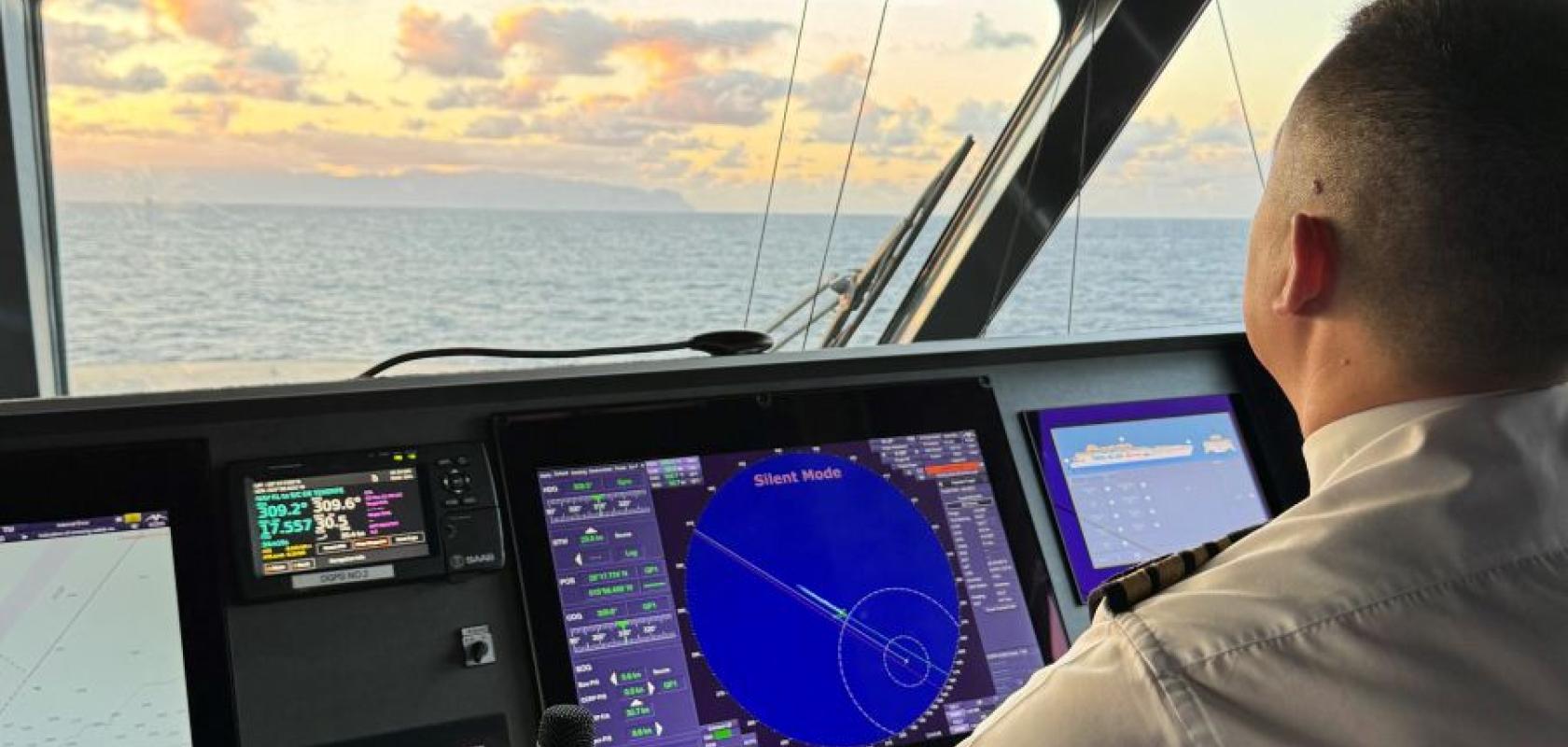Fred Olsen Express has installed anti-collision technology, SEA.AI, on its fleet of fast passenger ferries, utilising machine vision and artificial intelligence to improve seafaring safety.
There was a time when navigating the seas was so fraught with danger, only the bravest or most desperate were willing to take it on. Thankfully, contemporary safety features, equipment and an international language of lights, shapes and sounds on vessels, buoys and lighthouses have made nautical transportation a far calmer prospect than for the explorers of the past.
The continuing prevention of collisions at sea, however, remains a key concern for those in the maritime industry, and advancements are still being made to electronic safety equipment and systems such as radar, AIS (Automatic Identification System) and electronic charts to improve the safety of both passengers and the vessels themselves.
Avoiding collisions at sea
Collisions are far rarer at sea (where there’s less to hit), than on the road. But in order to improve a ship’s ability to look beyond – and underneath – what’s visible, SEA.AI offers an AI-based collision avoidance technology inspired by the automotive industry.
Currently in widespread use, AISs detect maritime traffic and superimpose it on electronic charts that include fixed features such as buoys and beacons, alerting navigators to the possibility of collisions. Using a combination of machine vision and artificial intelligence to improve the safety picture around maritime travel, SEA.AI identifies everything else floating on the water that’s gone unnoticed by the incumbent systems. Most importantly, as well as identifying targets, SEA.AI can automatically determine what is a potential threat, and what isn’t.
Threat identification and assessment
The SEA.AI system works by positioning two high-resolution daylight cameras and two thermal cameras at the highest point of a ship, providing constant 360° coverage. The cameras eliminate the digital ‘noise’ of the sea to identify potential dangers, then compare them with a database of annotated marine objects and, if necessary, alert the crew in real-time.
With the capability to identify large vessels up to 7.5km in range, smaller boats, dinghies and inflatables from 3km and even buoys and flotsam from 700m, SEA.AI can prove crucial in man overboard situations and search and rescue situations.
Commercial use of automatic threat-identification
“The technology has allowed us to incorporate more things [into our safety procedures]. It has artificial intelligence and imaging software that informs us of what we are seeing,” said Ivan Fernandez, head of the technical department at Fred. Olsen Express, a Canary Island passenger ferry company which has recently installed the SEA.AI system on its fleet.


